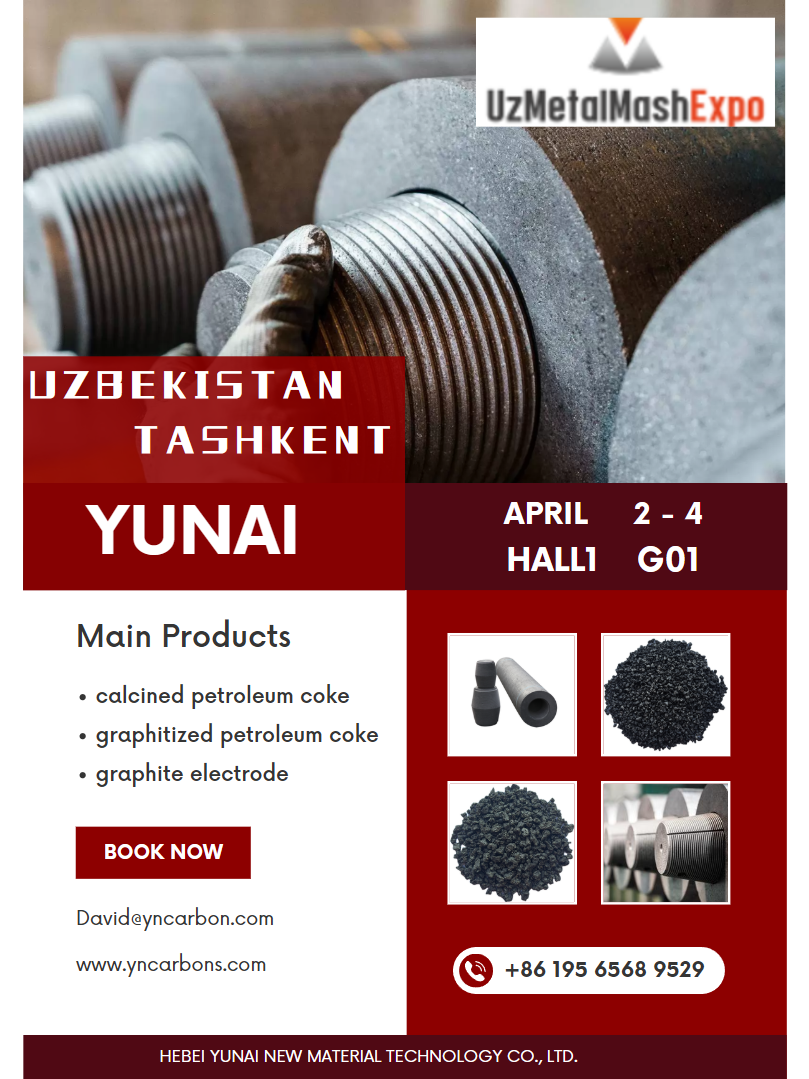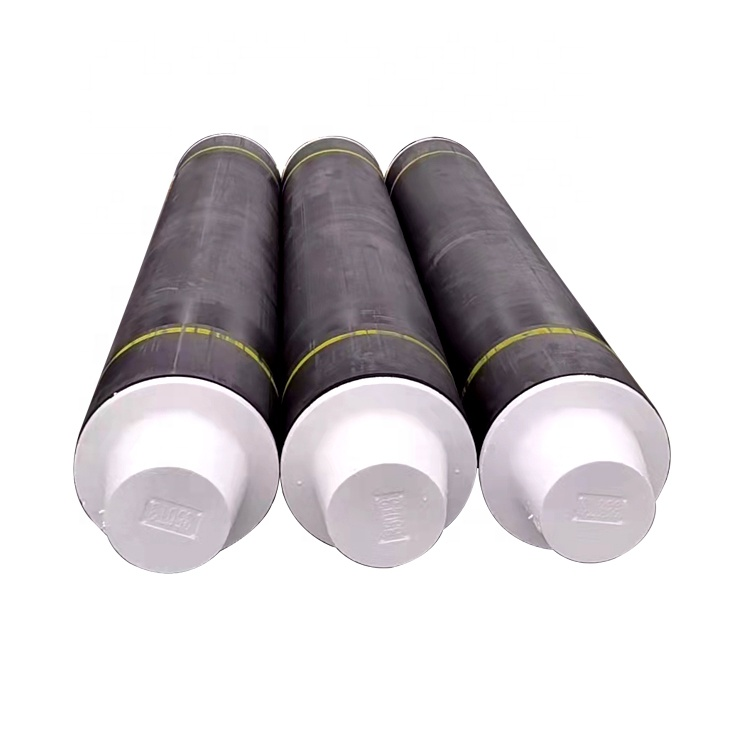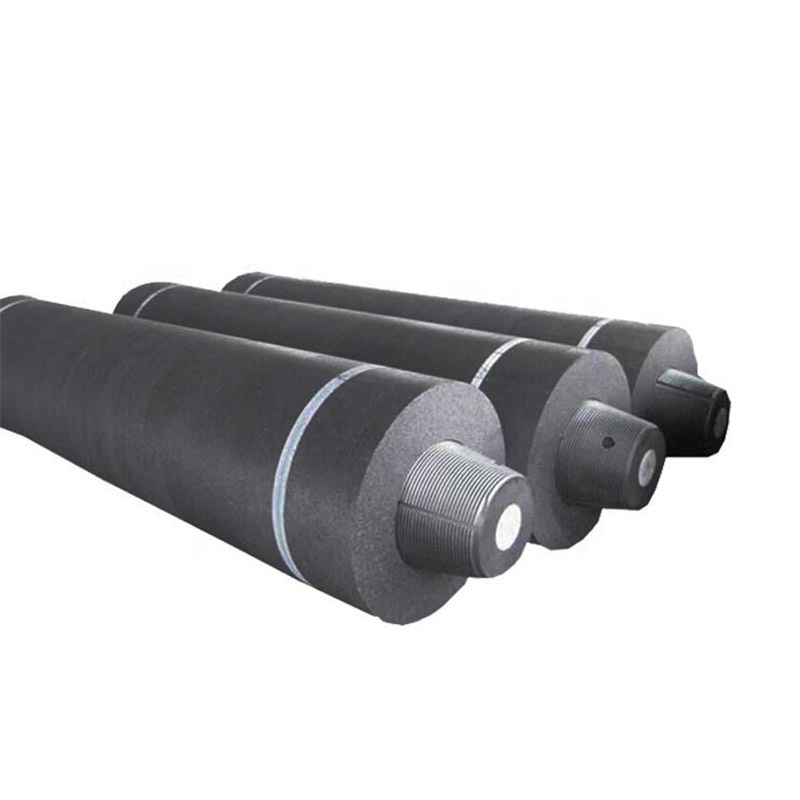Understanding Electric Arc Furnace Graphite Electrodes: A Crucial Component in Metallurgy
Release Time:
Jun 21,2025
Electric arc furnace (EAF) graphite electrodes are essential components in the metallurgical industry, particularly for the production of steel and other metals. These electrodes facilitate the electric arc melting process, where high-voltage electricity is passed through the electrodes to generate the intense heat required to melt scrap metal and other materials. The use of graphite electrodes ha

Electric arc furnace (EAF) graphite electrodes are essential components in the metallurgical industry, particularly for the production of steel and other metals. These electrodes facilitate the electric arc melting process, where high-voltage electricity is passed through the electrodes to generate the intense heat required to melt scrap metal and other materials. The use of graphite electrodes has become increasingly prevalent due to their unique properties and advantages in metallurgical applications.
One of the primary characteristics of graphite electrodes is their excellent thermal conductivity. This property allows for efficient heat transfer during the melting process, ensuring that the materials reach the desired temperatures quickly and uniformly. Additionally, graphite possesses a high resistance to thermal shock, making it suitable for the extreme conditions within an EAF. The ability to withstand rapid temperature fluctuations without cracking is crucial for maintaining operational efficiency and prolonging the lifespan of the electrodes.
Another significant advantage of electric arc furnace graphite electrodes is their chemical inertness. During the melting process, the electrodes do not react with the molten metal, thus preventing contamination. This is particularly important in steel production, where the quality of the final product must meet stringent specifications. The purity of the steel is vital for its performance in various applications, from construction to automotive parts.
Furthermore, the growing emphasis on sustainability and recycling in the metallurgy sector has led to an increased demand for EAFs. The electric arc furnace method is often considered more environmentally friendly compared to traditional blast furnaces, as it utilizes recycled scrap metal as a primary raw material. As a result, the demand for graphite electrodes has surged, as they play a pivotal role in this more sustainable steel production method.
The manufacturing process of electric arc furnace graphite electrodes involves the careful selection of raw materials, which are then subjected to high-temperature treatment. This process enhances the mechanical strength and electrical conductivity of the electrodes. The quality of the raw materials directly affects the performance of the electrodes, and manufacturers must adhere to stringent quality control measures to ensure consistency and reliability.
In conclusion, electric arc furnace graphite electrodes are indispensable in the metallurgy industry, particularly within the context of steel production. Their unique properties, such as excellent thermal conductivity and chemical inertness, make them ideal for use in EAFs. As the industry continues to evolve towards more sustainable practices, the role of these electrodes will only become more prominent, highlighting their significance in modern metallurgy. Understanding the importance of these components can help professionals in the field make informed decisions regarding their use and application, ultimately contributing to enhanced production efficiency and product quality.
One of the primary characteristics of graphite electrodes is their excellent thermal conductivity. This property allows for efficient heat transfer during the melting process, ensuring that the materials reach the desired temperatures quickly and uniformly. Additionally, graphite possesses a high resistance to thermal shock, making it suitable for the extreme conditions within an EAF. The ability to withstand rapid temperature fluctuations without cracking is crucial for maintaining operational efficiency and prolonging the lifespan of the electrodes.
Another significant advantage of electric arc furnace graphite electrodes is their chemical inertness. During the melting process, the electrodes do not react with the molten metal, thus preventing contamination. This is particularly important in steel production, where the quality of the final product must meet stringent specifications. The purity of the steel is vital for its performance in various applications, from construction to automotive parts.
Furthermore, the growing emphasis on sustainability and recycling in the metallurgy sector has led to an increased demand for EAFs. The electric arc furnace method is often considered more environmentally friendly compared to traditional blast furnaces, as it utilizes recycled scrap metal as a primary raw material. As a result, the demand for graphite electrodes has surged, as they play a pivotal role in this more sustainable steel production method.
The manufacturing process of electric arc furnace graphite electrodes involves the careful selection of raw materials, which are then subjected to high-temperature treatment. This process enhances the mechanical strength and electrical conductivity of the electrodes. The quality of the raw materials directly affects the performance of the electrodes, and manufacturers must adhere to stringent quality control measures to ensure consistency and reliability.
In conclusion, electric arc furnace graphite electrodes are indispensable in the metallurgy industry, particularly within the context of steel production. Their unique properties, such as excellent thermal conductivity and chemical inertness, make them ideal for use in EAFs. As the industry continues to evolve towards more sustainable practices, the role of these electrodes will only become more prominent, highlighting their significance in modern metallurgy. Understanding the importance of these components can help professionals in the field make informed decisions regarding their use and application, ultimately contributing to enhanced production efficiency and product quality.
Keywords:
More information









